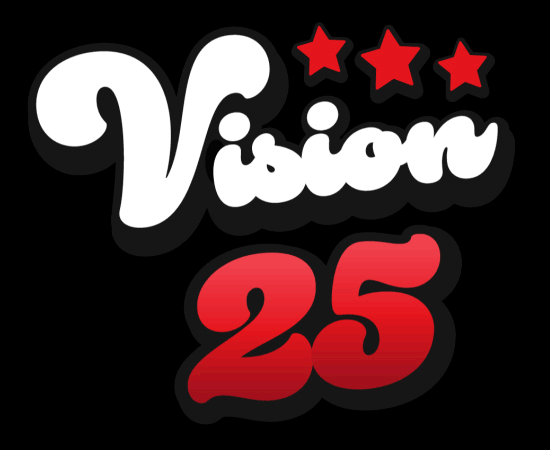RMM stands for Remote Monitoring and Management. This is basically a SaaS or on-premise software solution which allows agents to be managed, monitored, certain actions to be automated (scripts or procedures), and for agents to be remotely controlled. Most RMM tools support policies and organization methods which allow for agents to be grouped by client, location, function, etc. Depending on the OS supported or in use, the RMM may also support patching, software deployments, and many other features.
Most RMM tools work in conjunction with a PSA (Professional Services Automation) tool in order to support ticketing with monitors (alerts) and other operations. This allows technical professionals to monitor and alert customers to what is going on with their agents or sites. Some RMM’s will even integrate this with their remote control allowing a jump from one system into the other (e.g. from the PSA to the RMM) without manual steps.
Many RMM tools support extension via different integrations with other products. Some will allow integration with various security products such as antivirus solutions or other security suites, while others allow development of custom plugins. What is available depends on the specific RMM and what your business needs. Some RMM vendors partner with specific vendors in the channel while others mix and match multiple solutions depending on what clients need.
Major Features for RMM’s
Integration with other products tends to make or break an RMM as the principle core of an MSP or similar technical shop’s infrastructure. An RMM that doesn’t integrate with a PSA or contain a ticketing system will make basic work near impossible to track in a scalable fashion. If an RMM doesn’t allow extensibility in a sane way, you’re going to struggle to get most basic tasks done. Deploying an antivirus solution can require clicking a button or building your own custom solutions. We’ve dealt with both, and one takes minutes while another can take weeks to iron out.
What kind of scripting or automation procedures does an RMM support? Automation and scripting can make or break an MSP or IT department. We run many hours of automation processes per agent per month, which means a tech doesn’t have to. As you expand out what works and what doesn’t, you can expand this to handle more and more fringe cases. When we actually see a disk alert, it means a person needs to intervene rather than some temp files have built up naturally or some other trivial case. The same goes for certain events and similar issues.
How well does monitoring work and does it report what you need? Too much noise and you waste more time than you save, but too little alerting and you miss out on all sorts of red flags. You need to know what’s going on as soon as it happens, and the right monitoring makes that possible.
What kind of connectivity are you getting to a machine? Solutions like LiveConnect can allow versatile access to a machine and its resources, but some solutions use basic VNC with nothing else. How are you working with files, registry keys, event logs, and similar to manage your job without having to disrupt a user every time you need access?
Major Vendors
At The 20, we use Kaseya’s VSA in conjunction with BMS. This suite is natively integrated with IT Glue for documentation. Kaseya VSA is one of the major players in the RMM space which allows for a scalable environment that allows your business to grow. The solution is focused on ease of use and flexibility at the expense of certain more technical control (without knowing how to access it).
ConnectWise Control and Automate are another major player for an RMM solution which ties into ConnectWise Manage as the PSA. These solutions used to be called Labtech, ScreenConnect and ConnectWise. There are other solutions like Continuum, SolarWinds, NinjaRMM, Atera, N-Able, etc. which all try to do the same basic thing different ways with different strengths and different weaknesses. Most of these tools have an associated PSA and will have different integrations which can limit or expand an MSP’s offering. Some will even be compatible with tools from other RMM or PSA vendors.
Choosing an RMM
It’s hard to choose an RMM since (outside of the standard known vendors) there aren’t really objectively “good” and “bad” options. Each RMM will have strengths and weaknesses in how it works with the systems you use, how it integrates with other vendors and tools, and how it handles the scaling you need. For smaller MSP’s, this means that most RMM tools are going to differentiate themselves based on pricing and preferred pricing for specific stacks (e.g. RMM, PSA, security suite, etc. all in one package).
For instance, if you sign with Kaseya, you’ll get access to IT Glue and Unitrends in a capacity you can’t get from other vendors. ConnectWise and similar have deals with different vendors that may fill the same gap better or worse than others (for individual metrics). These price points will usually scale with a business, but are rarely as good as can be negotiated by a larger MSP or MSP groups on a vendor-by-vendor basis (outside of preferred vendors and special contracts).
Medium-sized MSP’s will probably want to differentiate based on ease of scaling (both up and down) as well as the difference in technical capacity. Some RMM’s are simple to manage, but just don’t work for more than a few hundred agents. This isn’t a big deal if you’re just getting started but will ruin your business if you grow too big (especially if you’re growing fast). You also need something which is going to support deploying software and automating tasks without a lot of manual intervention.
Growing with Your RMM
As your MSP grows, the RMM vendor’s preferred stack becomes less important for many and the bigger issue becomes scale, tenancy, and control. This is the same basic thing a medium-sized MSP has to contend with, but the metrics become even more important. Something being less efficient for an individual action but more efficient for general maintainability is a bigger factor than for a medium-sized MSP. Ideally, as you trade up RMM’s to the biggest offerings, you’re focusing on trading a fixed cost per agent for a large variable cost of work being automated or removed to make the process scalable.
Scaling is more than just throwing more agents into the stack. You need a process and best practices which help ensure that your business can handle the growth you’re seeing. Some RMM tools can support 20,000 agents, but there needs to be a standard to make it tenable or you might see the system choke by 10,000.
As you expand your operations, how does an RMM allow you to handle scaling? Are there easy options to add new instances or do you need to deal with conflicting setups? How does it handle the same automation that worked for 1,000 agents at 5,000, 10,000, and even 20,000 or more agents? These aren’t necessarily questions you need to ask when you’re smaller, but as you begin to hit each plateau, what are you doing to prevent yourself from being locked out of scalable growth?
Contact us to find out what The 20 can do for your MSP as it grows.


